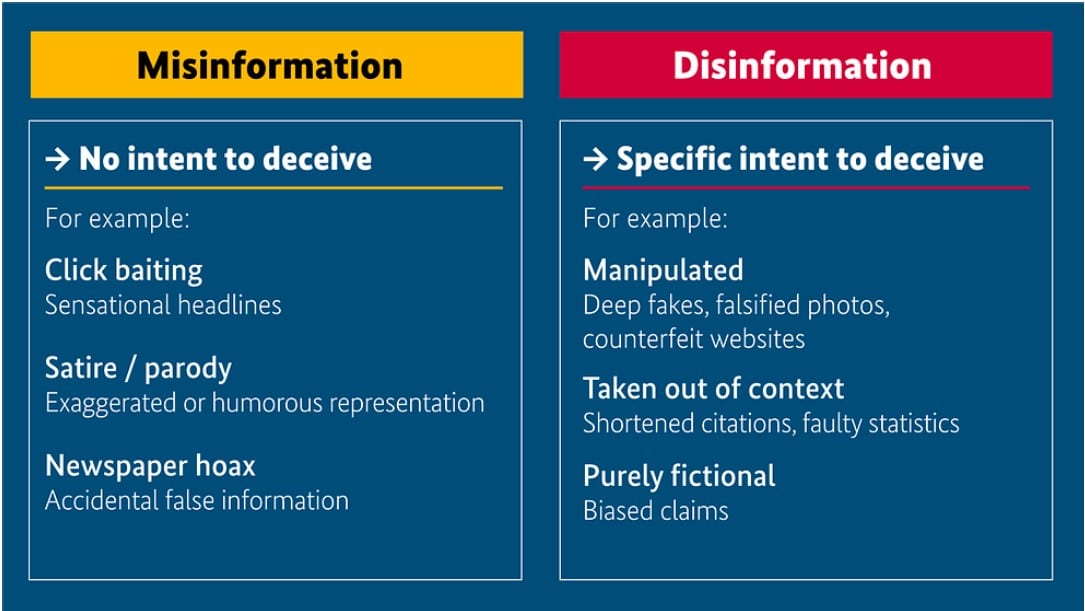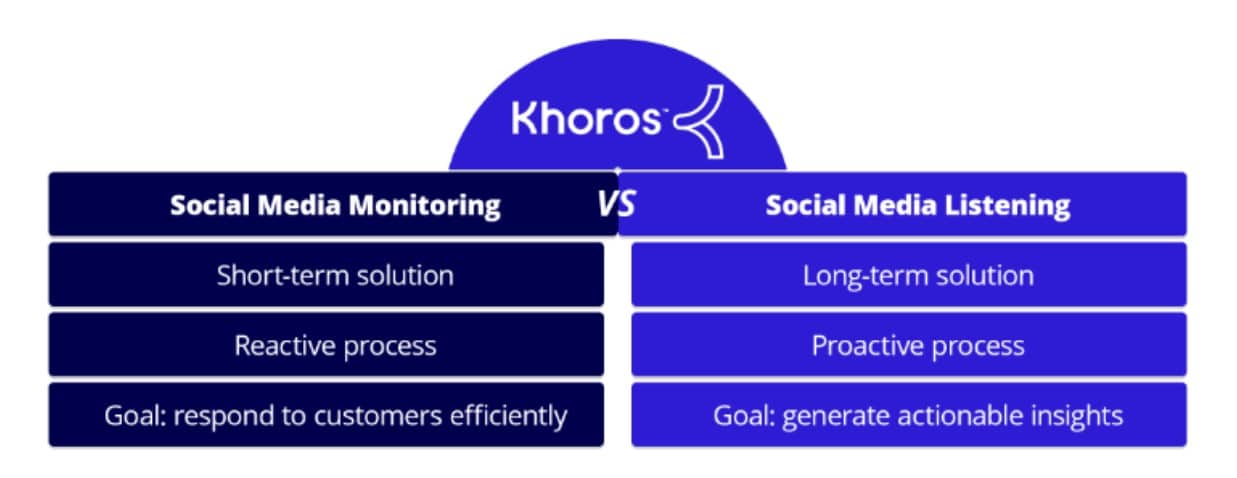In today’s digital landscape, trends, posts, and stories can go viral in mere minutes. It’s given rise to a new PR challenge: misinformation. Now, the PR industry needs to dig deep into its toolbox if reputations are to remain intact.
Read on to find out how a strong protection strategy can keep brand reputations intact.
Misinformation defined
Not to be confused with disinformation, misinformation is false or inaccurate information that is spread unintentionally.

Image sourced from bundesregierung.de
You’ve heard the term “fake news”—it’s a prime example of misinformation: a headline or story that’s exaggerated or mistakenly contains false information.
Disinformation, on the other hand, is spread with the intent of deceiving someone. For example, a virtual company that doesn’t use a tool like remote login software might experience a security breach. An unauthorized user can then access social media accounts to spread biased information or fake photos.
7 best practices for protecting brands from misinformation
Misinformation can be the spark that ignites a PR nightmare. Follow our best practices to limit potential damage.
1. Do your research
Be proactive with what information about a brand is out there by reading reviews, gathering data from customers, and looking for any brand mentions on online platforms.
Look at what other industries are doing to see what techniques you can adopt in your own research. For example, many customer support teams use call center technology to conduct research, analyzing customer sentiment in calls and collecting feedback.
Similar PR monitoring tools can help you optimize your research process. For instance, social listening and media monitoring tools allow you to sniff out any hint of trouble before it escalates.
Both are part of an effective brand protection strategy, helping you to monitor typical misinformation catalysts like fake social media accounts, sham reviews, and counterfeit products.

Image sourced from Khoros.com
2. Be prepared
A carefully prepared crisis plan should lay out what to do and who to contact when things go wrong. Your plan should cover the following aspects:
- Who will speak publicly if you identify misinformation?
- What will they say?
- Where will they respond? Analyze which channels are appropriate.
- When will they respond?
Share the crisis plan with all departments, especially those involved with crisis communications. Consider who will be on the front line with concerned customers that might call in—will they be briefed?
This is where using omnichannel call center solutions pays dividends. If fake news about a brand spreads, the customer service team may deal with a high volume of customer enquiries across multiple channels.
With this software, you can be consistent in how you deal with concerns, directly communicating with customers through phone calls, live chats, emails, and apps. This consistency and efficiency will improve the customer experience during a turbulent time, making the company appear professional and protecting the brand from further damage.
3. Respond to comments
As mentioned, monitoring tools let you track brand mentions in real-time. It also offers you a golden opportunity to interact directly with your target audience and counter false claims directly.
Responding to individuals can be a huge investment of time, so use your monitoring tools to identify users with greater impact. For example, you might respond to influencers who are spreading and amplifying misinformation, key stakeholders such as business partners, or customers who might be particularly important to the brand.
4. Use facts to set the record straight
Sometimes, misinformation can occur due to a dearth of facts. This leaves ample room for alternative narratives to pop up.
It may seem intuitive to simply disprove these false claims. But keep in mind that outright debunking means repeating the false narrative, which can strengthen its visibility and hold.
Instead, lay out objective truths that counter these narratives in an indirect way. By simply plugging the data gaps that existed before, you can stop the misinformation flow and improve consumer awareness.
5. Change the conversation
If you really want to take effective action, use content to change the conversation around your brand or topic of responsibility. Note, however, that this does not mean distracting from the crisis at hand.
Instead of completely changing track, try to build a conversation around what is happening to your brand. Bonus points if you manage to highlight the dangers of misinformation and what consumers can do to access reliable, accurate information!
6. Nurture your reputation
Let’s get real for a second. There’s no way to categorically prevent the spread of misinformation. However, one way of protecting brands against the court of public opinion is to create a resilient brand reputation from day one, especially on social media.
A great way of protecting you brand reputation on social media is to create a communications plan that uses articles, blog posts, videos, and other content to highlight brand values. Take the opportunity to highlight your company’s transparency in communication materials when things do go wrong. This will go a long way in building consumer trust.
7. Prioritize strong customer service
Customer service should be your mainstay when protecting brand reputations, especially in today’s competitive environment. Responding to customer queries and complaints with empathy, precision, and speed is crucial in building customer loyalty, which in turn can help you weather any PR storms.

One way to boost customer service is to invest in call center software. Look for features such as cloud-based calling and call scripting to ensure a consistent service no matter who a customer is speaking to.
During a time of crisis, many customers may prefer to speak on the phone as it’s more personal. It’s also a great way of reassuring stakeholders that you are dealing with the misinformation professionally and efficiently.
Protecting brands from misinformation
The spread of misinformation is a very real challenge in today’s digital landscape. Plus, with brands constantly competing for people’s attention online, it’s easy to get caught up in trends and create or share content that is accidentally false or misleading.
But what does this mean for the future of the PR industry?
The most important thing you can do is stay vigilant. Make the most of tools that help you stay ahead of misinformation before it spreads out of control. Ensure your own messaging is based on facts, and speak to others in the industry to gauge their preparedness and experience.
With a bit of careful planning, it’s possible to protect brand reputations in 2023 and beyond.







